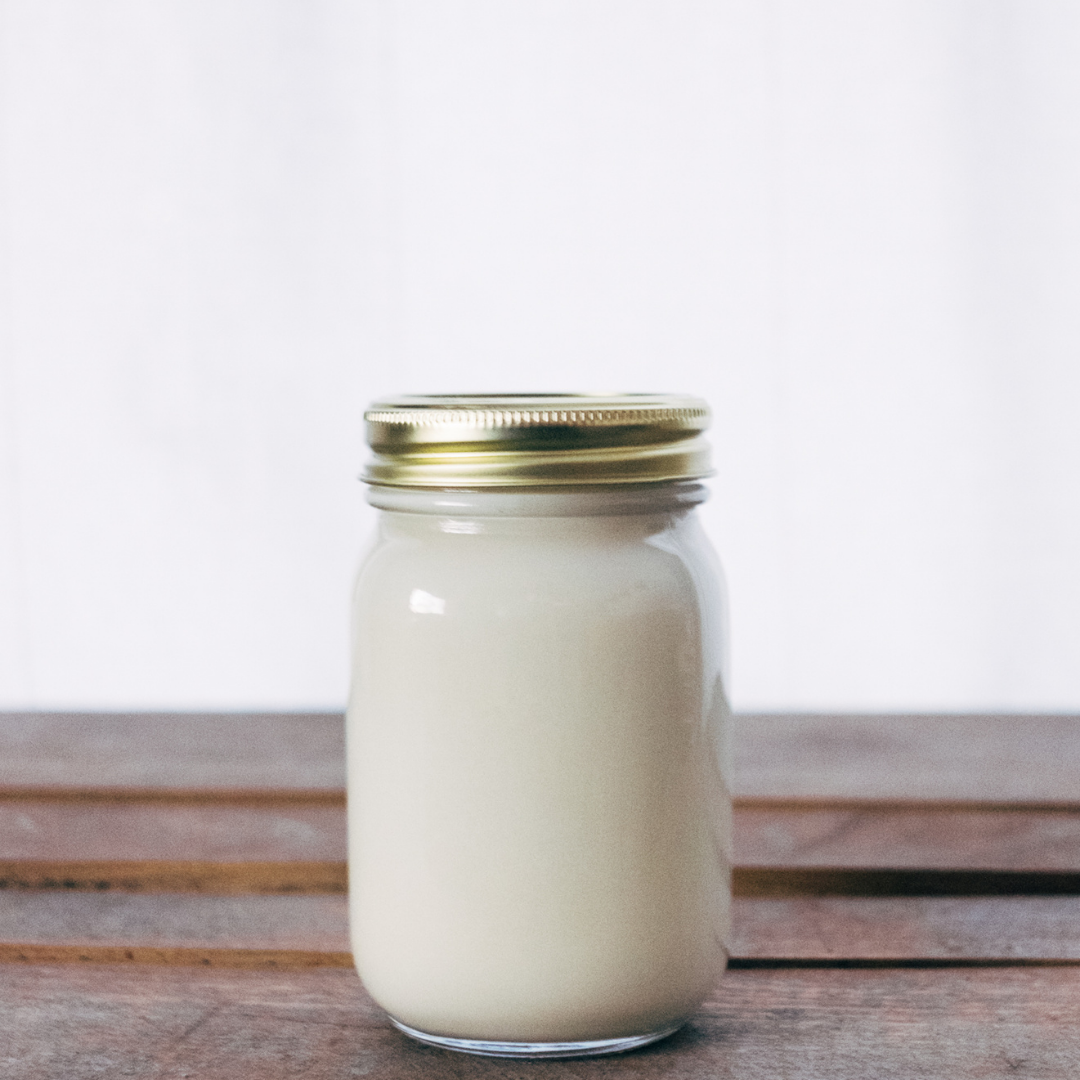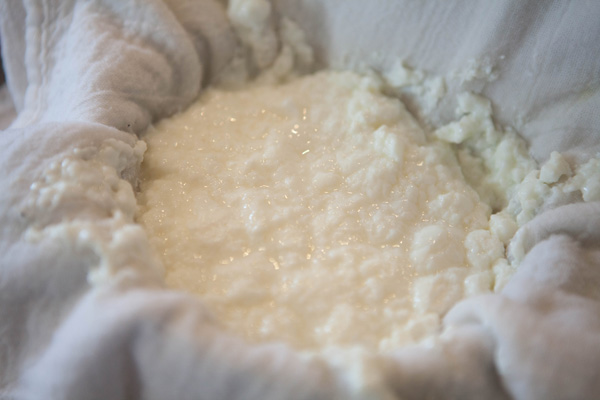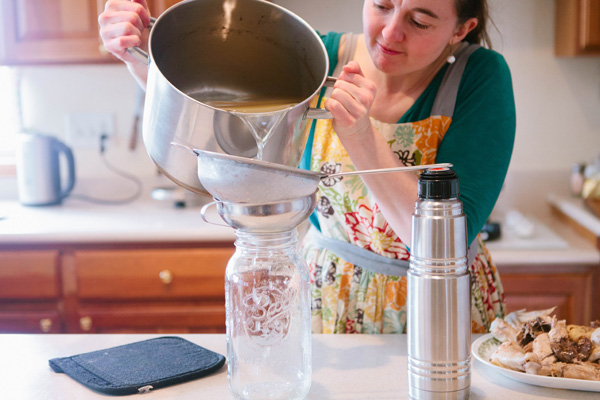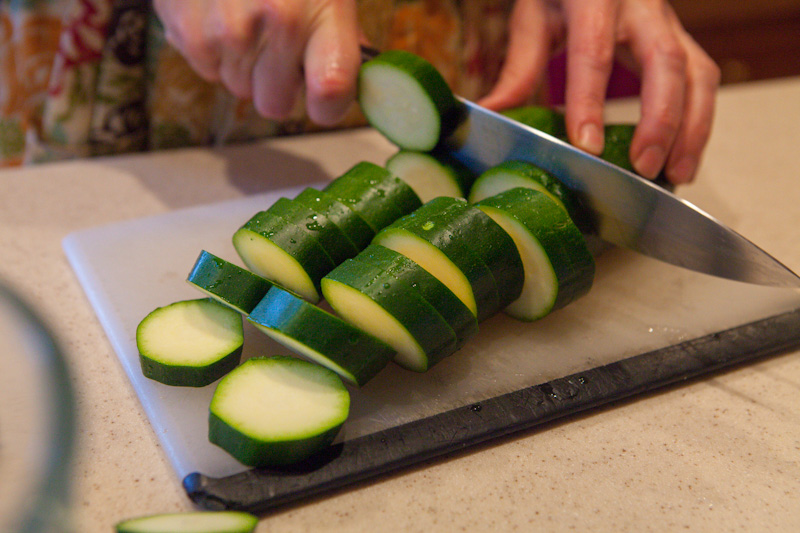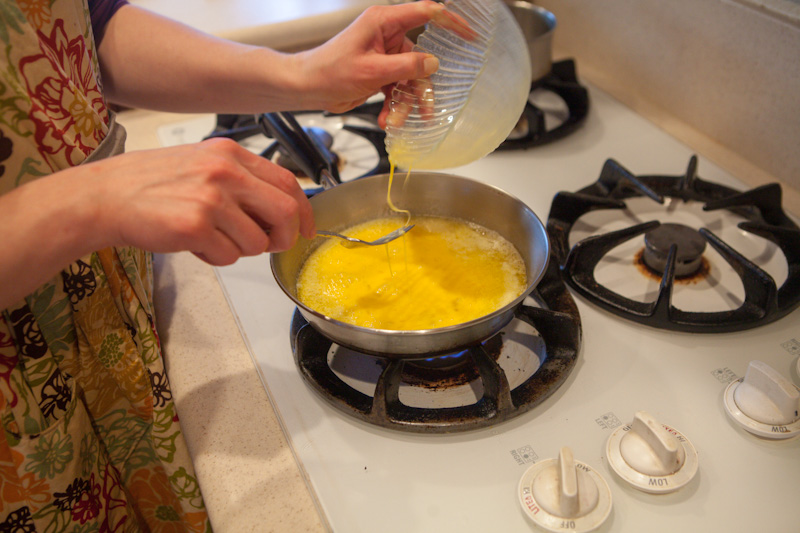Fermenting Almond Flour for Proper Digestion
Any seed wants to be a plant. Seeds include nuts, seeds, beans, and grains. To protect itself, a seed has phytic acid and other enzyme inhibitors and anti-nutrients. These substances attack the body of the animal that ate the seed, preventing the digestion of the seed. This is why we see whole seeds in bird poop.
Manually grinding seeds into flours does nothing to negate these enzyme inhibitors and anti-nutrients. We may not necessarily see whole seeds in our stools but we don’t need to for our bodies to experience the effects of these substances. Inflammation, poor absorption of foods, and leaky gut are some of the effects on our bodies of eating seeds that are not properly prepared. To learn more about properly preparing grains, check out my video.
How to Prepare Grains Properly
When we properly prepare our grains however, we begin the germination process, which changes the seeds chemical structure. It neutralizes the anti-nutrients and enzyme inhibitors, and the seed prepares to bring life. When we eat a seed in this state, it’s nutrients are available to us and it brings life to our bodies.
All seeds can be prepared in three ways - soaking, sprouting or fermenting. Fermenting is by far the most simple and the most beneficial. All it requires is whey. These directions are for almond flour but you can use the same concept to any nut, seed, or grain. For specific instructions on how to do this with whole seeds, see my recipe on trail mix.
The other benefit of using fermented almond flour is that it makes a much lighter end product. The fermentation process acts somewhat like a baking soda or powder, increasing the air space as your treat bakes, making it less dense.
Preparing fermented almond flour is quite easy. After letting it ferment for 24 hours, this base can be kept in the fridge for about a week. If you have a family that loves sweet treats, this is a food that you can keep on hand at all times to create a quick twenty minute cookie. Fermented almond flour is a great base for many baked goods.
Ingredients for Fermented Almond Flour:
2 Cups Almond Flour
1/4 Cup Whey
Directions for Fermented Almond Flour
Add almond flour to a glass bowl.
Pour whey over almond flour.
Stir to moisten. Add additional whey if needed. Flour should be moist and crumbly but not wet.
Cover and leave for 24 hours to properly ferment. During this time, your fermenting almond flour can be left with other jar ferments because it is covered.
Fermented Almond Flour
ingredients:
- 2 Cups Almond Flour
- 1/4 Cup Whey
instructions:
How to cook Fermented Almond Flour
- Add almond flour to a glass bowl.
- Pour whey over almond flour.
- Stir to moisten. Add additional whey if needed. Flour should be moist and crumbly but not wet.
- Cover and leave for 24 hours to properly ferment. During this time, your fermenting almond flour can be left with other jar ferments because it is covered.

